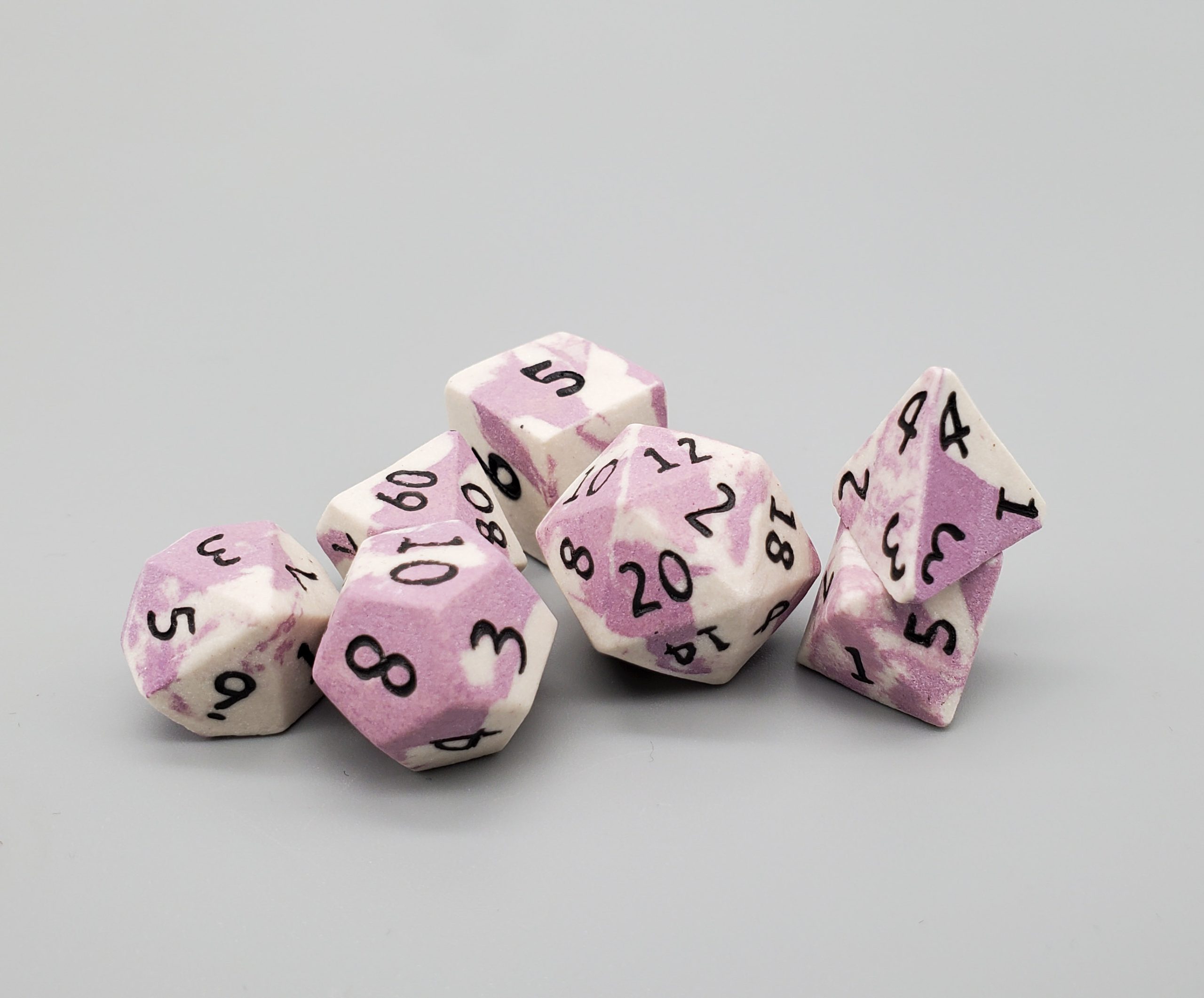Building a D&D Campaign with Minimal Prep
Creating a Dungeons & Dragons (D&D) campaign can seem daunting, especially if you’re short on time. However, with the right approach, you can craft engaging adventures for your players with minimal preparation. Whether you’re a beginner or an experienced Dungeon Master (DM), these tips will help streamline your process.
Start with a Simple Plot
Begin by outlining a straightforward plot. Focus on one primary goal for your players, such as retrieving an artifact or stopping an evil sorcerer. Keeping the plot simple allows flexibility and creativity during sessions.
Develop Key NPCs and Locations
Create a few non-player characters (NPCs) and locations that are central to your story. Detailed descriptions aren’t necessary at first—just enough to give your players something to interact with. You can flesh them out as needed during gameplay.
Use Random Tables
Random tables are great for generating encounters and events on the fly. They add unpredictability and excitement to the game without requiring extensive prep work.
Leverage Online Resources
The internet is full of resources that can assist in campaign building, from pre-made maps to adventure hooks. Websites like Reddit’s r/DMAcademy offer advice from seasoned DMs.
Incorporate Player Backstories
Engage your players by weaving their character backstories into the main plot. This creates personal stakes and encourages player investment in the campaign’s outcome.
Quick Tip for Dragonborn Barbarian Enthusiasts
If you’re running a campaign featuring Dragonborn Barbarians, emphasize their cultural heritage and combat prowess in key scenes to make their presence impactful without exhaustive planning.
Enhance your gaming experience with our Goblin Dice Hoard 6d6 Logo Dice Set, perfect for both new adventurers and veteran heroes!
Create Flexible Outlines
An outline of potential events allows you to adapt quickly if players take unexpected actions—a common occurrence in D&D games!
Engage All Age Groups
D&D is enjoyed by diverse age groups. Tailor content accordingly by mixing light-hearted elements for younger audiences while keeping intricate plots for adults.

